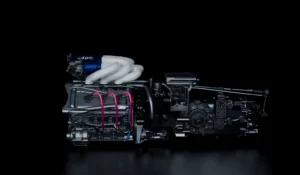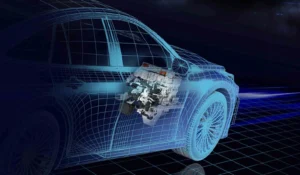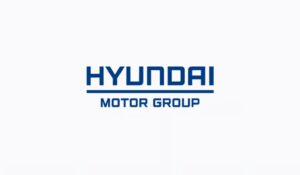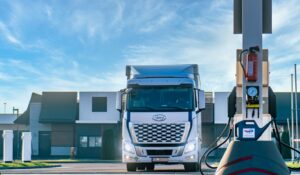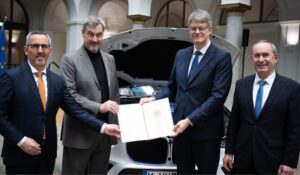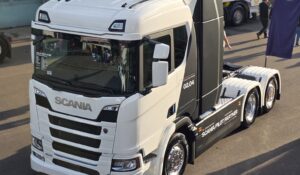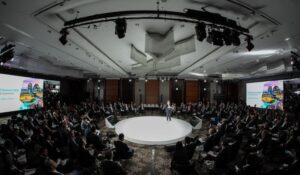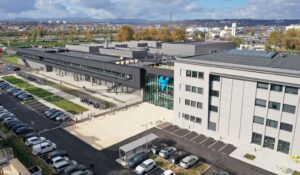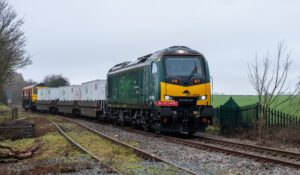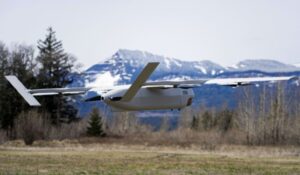KGM (SsangYong) teams up with PHINIA to develop hydrogen engine with 500+ km range
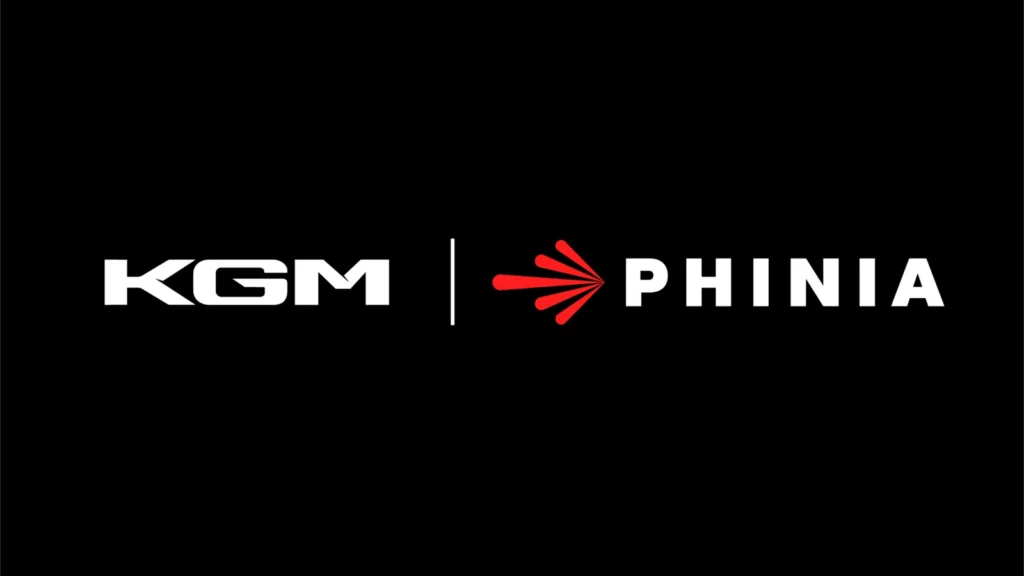
KGM – formerly SsangYong – is ramping up its hydrogen ambitions with a new technical cooperation agreement alongside PHINIA (previously part of BorgWarner), aiming to bring a 2.0-litre diesel-based hydrogen engine to market.
The two companies signed the deal at KGM’s R&D centre in Pyeongtaek, where the brand’s Head of R&D, Mr. Yong-il Kwon, and PHINIA’s R&D Executive Vice President, Mr. Todd Anderson, joined forces to accelerate hydrogen powertrain development.
This collaboration forms part of South Korea’s Ministry of Trade, Industry and Energy (MOTIE) national project, which focuses on cutting greenhouse gas emissions and promoting low-carbon technology.
KGM’s role within MOTIE involves crafting a hydrogen engine and vehicle that meet stringent NOx emission regulations, while delivering a real-world range in excess of 500 km – enough to suit everything from commercial fleets to personal pick-ups.
Combining expertise for a hydrogen ICE powertrain
Under the agreement, KGM will blend its internal combustion know-how with PHINIA’s Fuel Injection Equipment (FIE) system and ECU technology.
PHINIA has an established footprint in both diesel and hydrogen components, including injectors, pumps, and Engine Management Systems (EMS).
The combined expertise aims to create a robust, multi-purpose power unit that could power industrial machinery as well as road vehicles.
Design work also extends to an Extended Range Electric Vehicle (EREV) concept, hinting at KGM’s broader push into alternative fuels.
A KGM spokesperson said: “Eco-friendly hydrogen engines are a crucial next-generation powertrain technology.
“The hydrogen engine developed through this collaboration will be applicable not only to vehicles but also to construction and industrial machinery.
“Leveraging KGM’s unique ICE expertise, we aim to pioneer the alternative fuel market and expand the eco-friendly pickup segment, targeting niche opportunities in the ICE market.”
In addition to its hydrogen plans, KGM has confirmed the launch of plug-in hybrid technology across its existing range throughout 2025, signalling a two-pronged approach to greener motoring.
A legacy of dependable vehicles
Known for its sturdy SUVs and pick-ups, the South Korean manufacturer – established in 1954 – has a long history of building dependable workhorses.
With this new hydrogen-diesel venture, KGM appears set on carving out a fresh niche where traditional diesel blocks meets cutting-edge clean fuel tech.
For a market that’s increasingly shifting to electrified solutions, KGM’s hydrogen strategy may well prove a compelling alternative.
By tackling NOx emissions head-on and targeting practical driving ranges, the brand hopes to make hydrogen a real contender – particularly in the commercial vehicle sector, where downtime and range are critical concerns.
South Korea already has 198 hydrogen filling stations – alongside similar efforts in Japan with 161 in operation – but other regions are still building out their networks.
The EU, for instance, is pushing for hydrogen stations every 200 km on major routes, while in the UK, private ventures like Element 2 are stepping up to fill infrastructure gaps.
In the US, hydrogen refuelling remains more limited outside hubs such as California.
For KGM and PHINIA, growing global investment in hydrogen could help bring their new diesel-based hydrogen engine to real-world customers – particularly in sectors like pick-ups and commercial fleets, where speed, payload, and rapid refuelling are key concerns.

